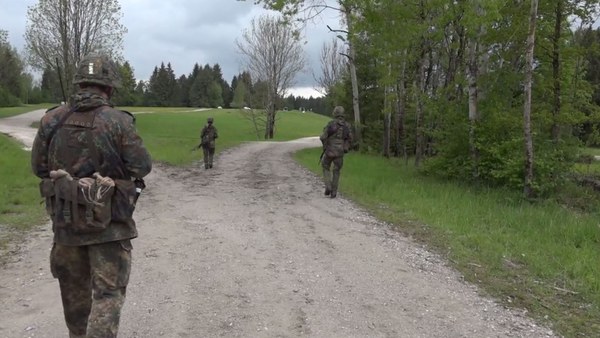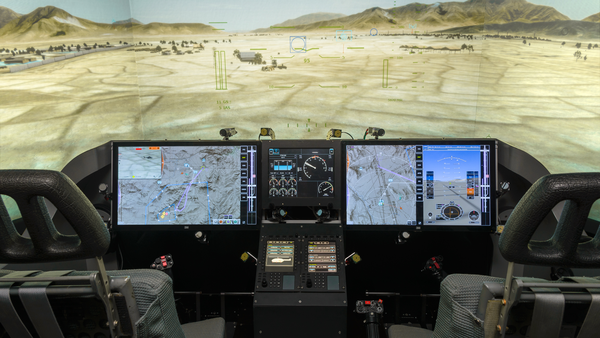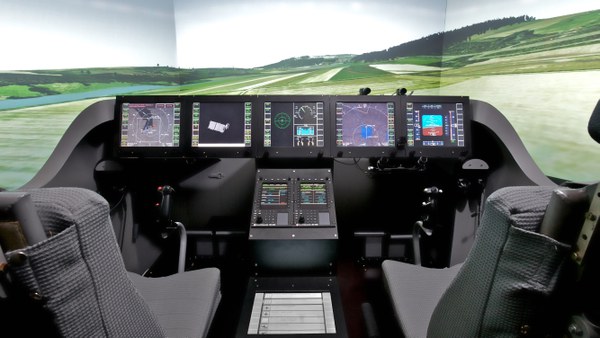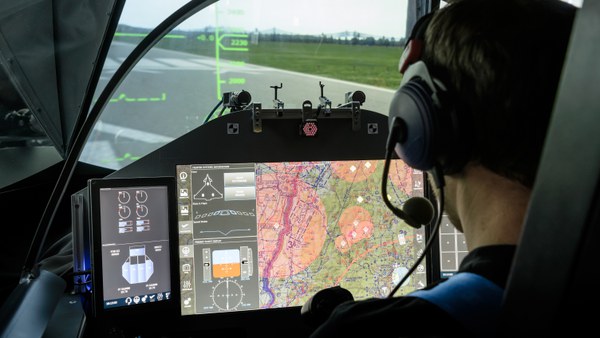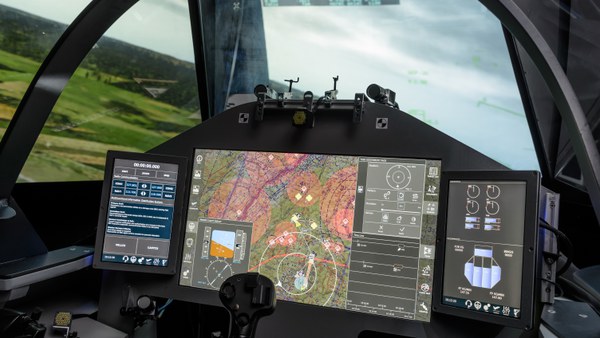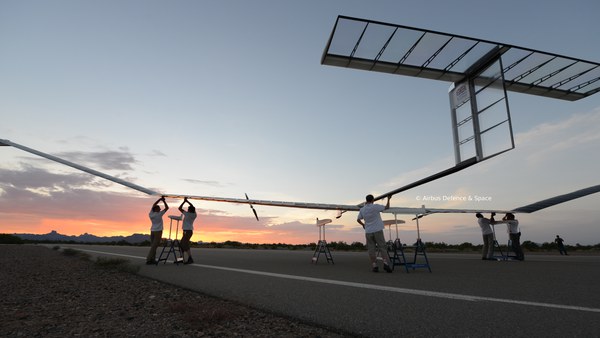Challenge
Unmanned Aerial Vehicles (UAV) are the future of aviation. They bring advantages such as cost savings, risk minimisation, as well as flexibility and development of completely new applications in aviation. Their applications range from commercial photography, agriculture and facility management to scientific, governmental or military applications such as surveillance and reconnaissance.
Today's systems are already highly automated and can independently capture and maintain flight states, fly routes based on waypoints and even take off and land without human intervention. Frequently, tasks such as automatic flight along a given flight path are described as "autonomous", which is misleading. Nevertheless, especially in military applications, a lot of personnel is required for commanding and sensor data processing for a single UAV. This low span of command results in disadvantages such as additional costs, inflexible processes and long planning times.
The aim is therefore to increase the "autonomy" of future UAVs in such a way that less effort is required to manage and monitor the flight system. A span of command greater than one enables future-oriented concepts such as Manned-unmanned Teaming, in which several UAVs are guided directly from the cockpit of a manned aircraft.
Approach
In order to achieve the desired increase in the span of command for unmanned aerial vehicles, it must be possible to delegate to the UAV high-level tasks which they can then carry out independently, i.e. with only minimal human monitoring and intervention. An essential capability of such systems that goes beyond this, however, is the independent reaction to unforeseen environmental changes or system failures.
The essential abilities of such highly automated, unmanned flight systems are therefore the understanding of given instructions and their implementation in actions as well as the independent orientation in the environment and the adequate reaction to unexpected situations.
In order to achieve these goals, appropriate digital agents can be deployed on board, which contain the relevant knowledge and cognitive skills (e.g. planning, decision-making) for generating behaviour. Furthermore, automated perception skills are necessary for environmental assessment.
Research
The Professorship of Aircraft Dynamics and Flight Guidance develops corresponding cognitive agents for behaviour generation and tests them in simulation (helicopter, jet, ground control station) and on board our unmanned research aircraft.
Central questions are:
- What skills and knowledge does the UAV need?
- How must the communication between man and machine be designed?
- How can variable degrees of automation be integrated into the UAV management?
- How can such agents be used to carry out combined missions of teams and swarms of UAVs and manned aircraft?
- Which methods can be used to achieve higher levels of automation or autonomy?
Our sister professorship for Aeronautical Engineering at the Institute of Flight Systems investigates the field of automatic environmental perception.
